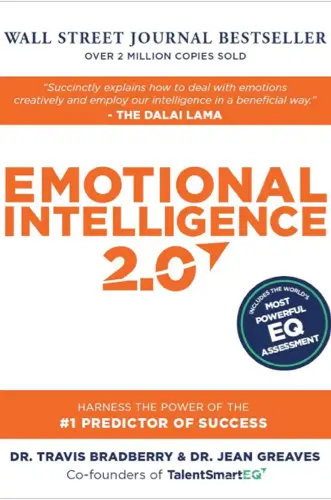
Emotional Intelligence 2.0
What is Emotional Intelligence 2.0 about?
Emotional Intelligence 2.0 helps you harness the power of emotional intelligence to enhance your personal and professional success. Written by Travis Bradberry, this book provides practical strategies and techniques to improve self-awareness, self-management, social awareness, and relationship management. With actionable advice and engaging exercises, this book will empower you to navigate emotions effectively and build stronger connections with others. Elevate your EQ and unlock your full potential with Emotional Intelligence 2.0z.
About the Author
Travis Bradberry is a best-selling author and co-founder of TalentSmart, a consultancy that serves a large number of Fortune 500 companies. He is widely known for co-authoring "Emotional Intelligence 2.0," focusing on the importance of EQ in personal and professional success. His work emphasizes practical strategies for enhancing emotional intelligence.
10 Key Ideas of Emotional Intelligence 2.0
Enhance Self-Awareness by Keeping a Journal
Documenting your daily experiences and the emotions they evoke can significantly boost your self-awareness. By reflecting on your journal entries, you can identify patterns in your emotional responses and triggers. This practice encourages introspection, helping you understand your feelings more deeply and recognize areas for improvement. Over time, this heightened self-awareness enables you to manage your emotions more effectively, leading to better decision-making and interpersonal relationships.
Learn DeeperStart a Daily Journal: Dedicate a notebook or digital app for journaling. Each day, write about your experiences, focusing on how they made you feel. Don't censor yourself; the goal is to capture genuine emotions.
Reflect Weekly: Set aside time each week to read through your entries. Look for patterns in your emotional responses and identify what triggers certain feelings. This reflection can reveal insights into how you react to different situations.
Set Emotional Goals: Based on your reflections, set specific, achievable goals for managing your emotions better. For example, if you notice you often react angrily to criticism, you might set a goal to take a deep breath and count to ten before responding in such situations.
Share Your Insights: If comfortable, discuss your findings with a trusted friend or mentor. They can offer outside perspectives on your emotional patterns and help you brainstorm ways to improve your emotional intelligence.
- Example
Example 1: After a particularly stressful day at work, you write in your journal about a meeting that didn't go as planned. You note feeling frustrated and undervalued. Over weeks, you realize work meetings are a significant stressor and decide to prepare more thoroughly for them to mitigate these feelings.
- Example
Example 2: You journal about feeling elated after helping a colleague solve a problem. Reflecting on this, you recognize that assisting others boosts your mood. You then make a conscious effort to seek out opportunities to help, improving your workplace relationships and personal satisfaction.
Practice Active Listening to Improve Empathy
Active listening involves fully concentrating on what is being said rather than passively hearing the message of the speaker. It includes giving full attention to the speaker, understanding their message, responding thoughtfully, and remembering the discussion. This technique fosters deeper connections, as it shows respect and appreciation for the speaker's perspective. By practicing active listening, you enhance your empathy, allowing you to better understand and connect with others' emotions.
Learn DeeperFocus on the Speaker: Make eye contact, nod occasionally, and position your body towards them to show you're fully engaged.
Avoid Interrupting: Let the speaker finish their thoughts before responding. This shows respect for their perspective.
Reflect and Clarify: Paraphrase what the speaker has said to ensure you've understood correctly. Ask questions if something isn't clear.
Manage Your Reactions: Keep an open mind and control any immediate emotional responses. This allows for a more thoughtful interaction.
Remember Key Points: Try to recall important details or emotions expressed by the speaker. This demonstrates that you value the conversation.
- Example
During a team meeting, when a colleague is sharing a challenging project experience, instead of jumping in with advice, you listen attentively, nodding and maintaining eye contact. After they finish, you summarize their main points and express understanding, asking how you can support them.
- Example
In a conversation with a friend who is going through a tough time, instead of offering solutions right away, you let them express their feelings without interruption. You reflect back their feelings to show understanding and ask thoughtful questions, helping them feel heard and supported.
Develop Emotional Management by Taking a Pause
When faced with high-stress situations or emotional turmoil, taking a moment to pause can be incredibly powerful. This brief period allows you to step back from your immediate reactions and assess the situation more objectively. During this pause, deep breathing or counting to ten can help calm your mind, enabling you to approach the situation with a clearer, more composed mindset. This tactic prevents impulsive decisions and reactions, leading to more thoughtful and effective emotional management.
Learn DeeperIdentify the Trigger: Start by recognizing the moments or situations that typically lead to stress or emotional turmoil. This could be a specific type of conversation, a particular time of day, or even certain environments.
Implement the Pause Technique: As soon as you feel the onset of stress or strong emotions, consciously decide to take a pause. This could mean stepping away from the situation if possible, or simply closing your eyes for a moment.
Engage in Deep Breathing: Use this pause to take deep, slow breaths. Inhale through your nose, hold for a few seconds, and exhale slowly through your mouth. Aim for 5-10 deep breaths to help calm your mind.
Count to Ten: If deep breathing isn't enough, or if you prefer a different method, count slowly to ten in your head. This acts as a buffer, giving your emotions time to settle and your rational mind time to take over.
Reflect Briefly: After calming down, think about why the situation triggered you and how you can address it constructively. Consider what outcome you want and how best to achieve it.
Respond Thoughtfully: Once you've taken this time to pause and reflect, re-engage with the situation or conversation with a clearer, more composed mindset. Your response is likely to be more thoughtful and effective.
- Example
During a heated discussion with a colleague, you start to feel your frustration rising. Instead of responding in anger, you excuse yourself for a moment, take a brief walk around the office while practicing deep breathing, and then return to the conversation with a calmer perspective.
- Example
You receive an email that makes you feel defensive and upset. Before typing out a reactive response, you step away from your computer, take a few moments to breathe deeply and count to ten, allowing yourself to approach your reply with a more balanced viewpoint.
Leverage the Power of Body Language for Non-Verbal Communication
Your body language speaks volumes about your emotional state and can significantly impact how others perceive you. By becoming aware of and consciously adjusting your posture, facial expressions, and gestures, you can communicate confidence, openness, and empathy. Positive body language not only improves your interactions with others but also influences your own emotions, boosting your self-esteem and mood. This alignment between non-verbal cues and internal feelings enhances your emotional intelligence by fostering authentic connections.
Learn DeeperObserve and Mirror Positive Body Language: Start by observing people who are good at engaging others. Notice how they stand, make eye contact, and use their hands when they talk. Try to mirror these behaviors in your own interactions. This doesn't mean copying exactly, but adopting a similar open and confident stance.
Practice Smiling and Eye Contact: Smiling not only makes you more approachable but also positively affects your mood. Combine this with maintaining gentle eye contact to show interest and respect in conversations. It's a simple yet powerful way to enhance your non-verbal communication.
Be Mindful of Your Posture: Whether sitting or standing, aim for a posture that signals confidence and openness. Avoid crossing your arms or slouching. Instead, keep your back straight and your arms relaxed at your sides or use them expressively when speaking.
Use Gestures Sparingly but Effectively: Gestures can emphasize what you're saying and help convey enthusiasm. However, too much can be distracting. Use gestures that feel natural to you and match the tone of your conversation.
- Example
During a job interview, instead of folding your arms or looking down, sit up straight, lean slightly forward, and maintain eye contact with the interviewer. This shows you're engaged and confident.
- Example
In a team meeting, smile and nod while others speak, and use open hand gestures when it's your turn. This demonstrates you're open to others' ideas and confident in your contributions.
Deeper knowledge. Personal growth. Unlocked.
Unlock this book's key ideas and 100+ more. Learn with quick, impactful summaries.
Read Full SummarySign up and read for free!
Emotional Intelligence 2.0 Summary: Common Questions
Experience Personalized Book Summaries, Today!
Discover a new way to gain knowledge, and save time.
Sign up for our 7-day trial now.
No Credit Card Needed

Similar Books

David and Goliath
Malcolm Gladwell
The 48 Laws of Power
Robert Greene
Switch
Chip Heath
Do What You Are
Paul D. Tieger
The Black Swan
Nassim Nicholas Taleb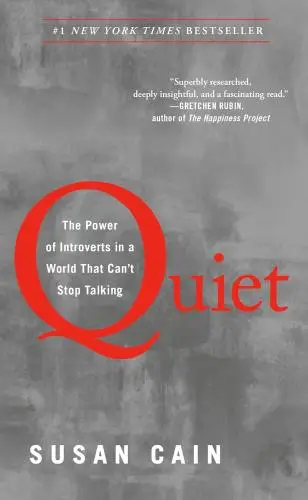
Quiet
Susan Cain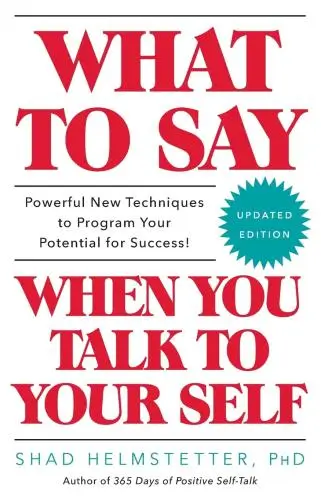
What to Say When You Talk to Yourself
Shad Helmstetter
The Laws of Human Nature
Robert Greene
Feeling Good
David D. Burns
Who Moved My Cheese?
Spencer Johnson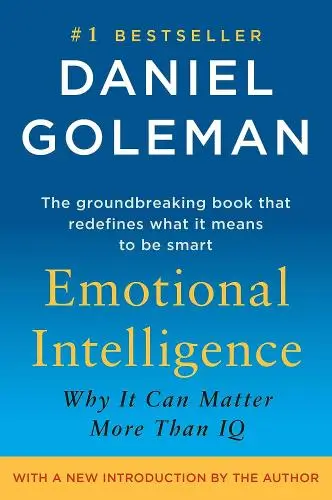
Emotional Intelligence
Daniel Goleman
12 Rules for Life
Jordan B. PetersonTrending Summaries

Peak
Anders Ericsson
Never Split the Difference
Chris Voss
Smart Brevity
Jim VandeHei
The Psychology of Money
Morgan Housel
The First 90 Days
Michael D. Watkins
Atomic Habits
James Clear
Thinking, Fast and Slow
Daniel Kahneman
The Body Keeps the Score
Bessel van der Kolk M.D.
The Power of Regret
Daniel H. Pink
The Compound Effect
Darren Hardy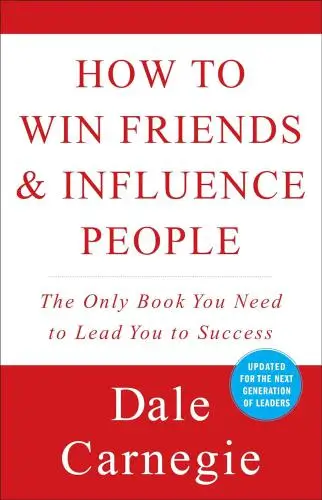
How to Win Friends & Influence People
Dale Carnegie
Eat That Frog!
Brian Tracy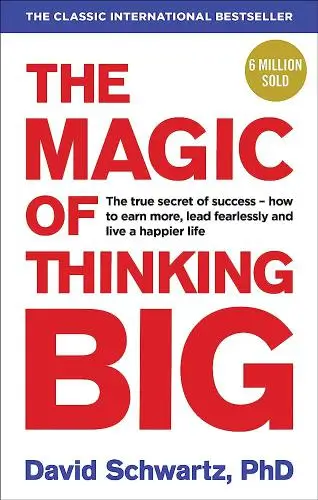
The Magic of Thinking Big
David J. Schwartz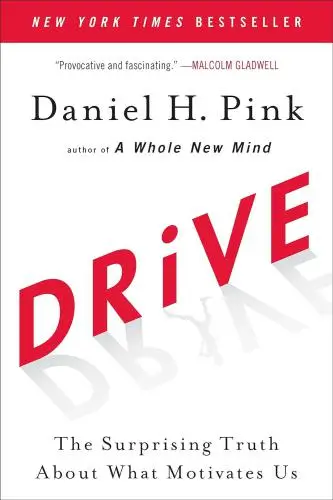
Drive
Daniel H. Pink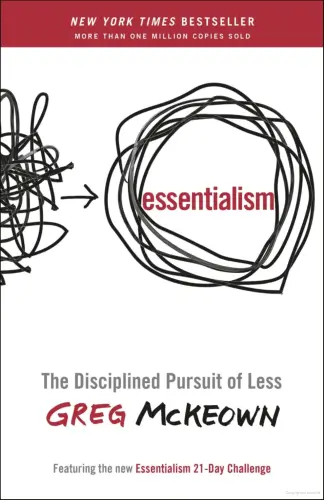
Essentialism
Greg McKeownNew Books

The Millionaire Fastlane
MJ DeMarco
Losing My Virginity
Richard Branson
Venture Deals
Brad Feld
48 Days to the Work You Love
Dan Miller
Anything You Want
Derek Sivers
Running Lean
Ash Maurya
Blitzscaling
Reid Hoffman
The Founder's Dilemmas
Noam Wasserman
Founders at Work
Jessica Livingston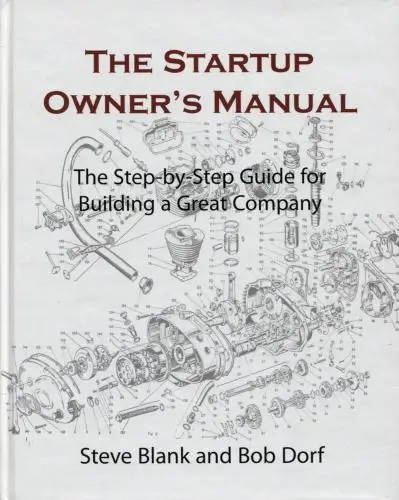
The Startup Owner's Manual
Steve Blank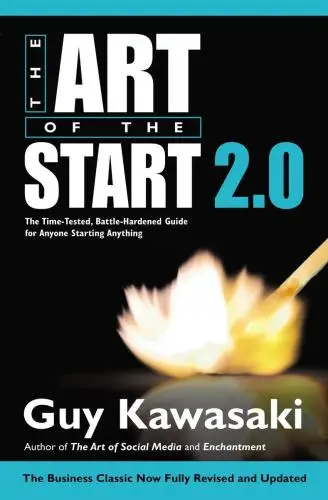
The Art of the Start 2.0
Guy Kawasaki
The Four Steps to the Epiphany
Steve Blank
Flash Boys
Michael Lewis
Crush It!
Gary Vaynerchuk
